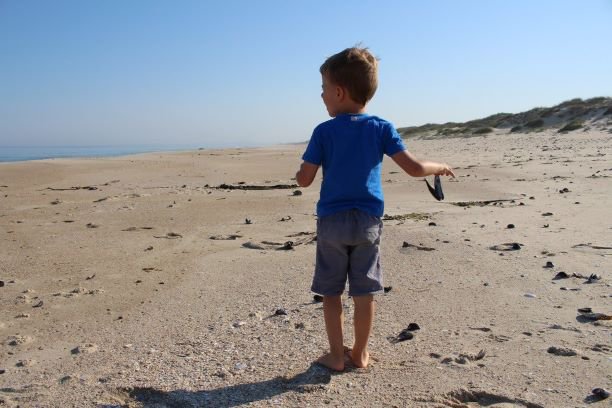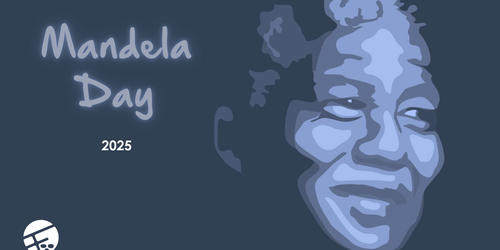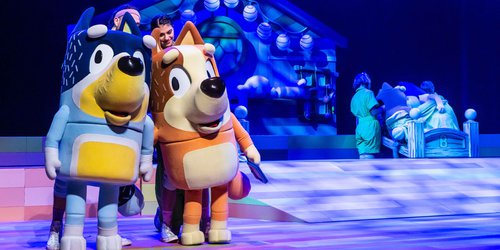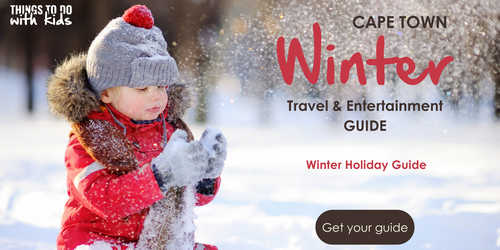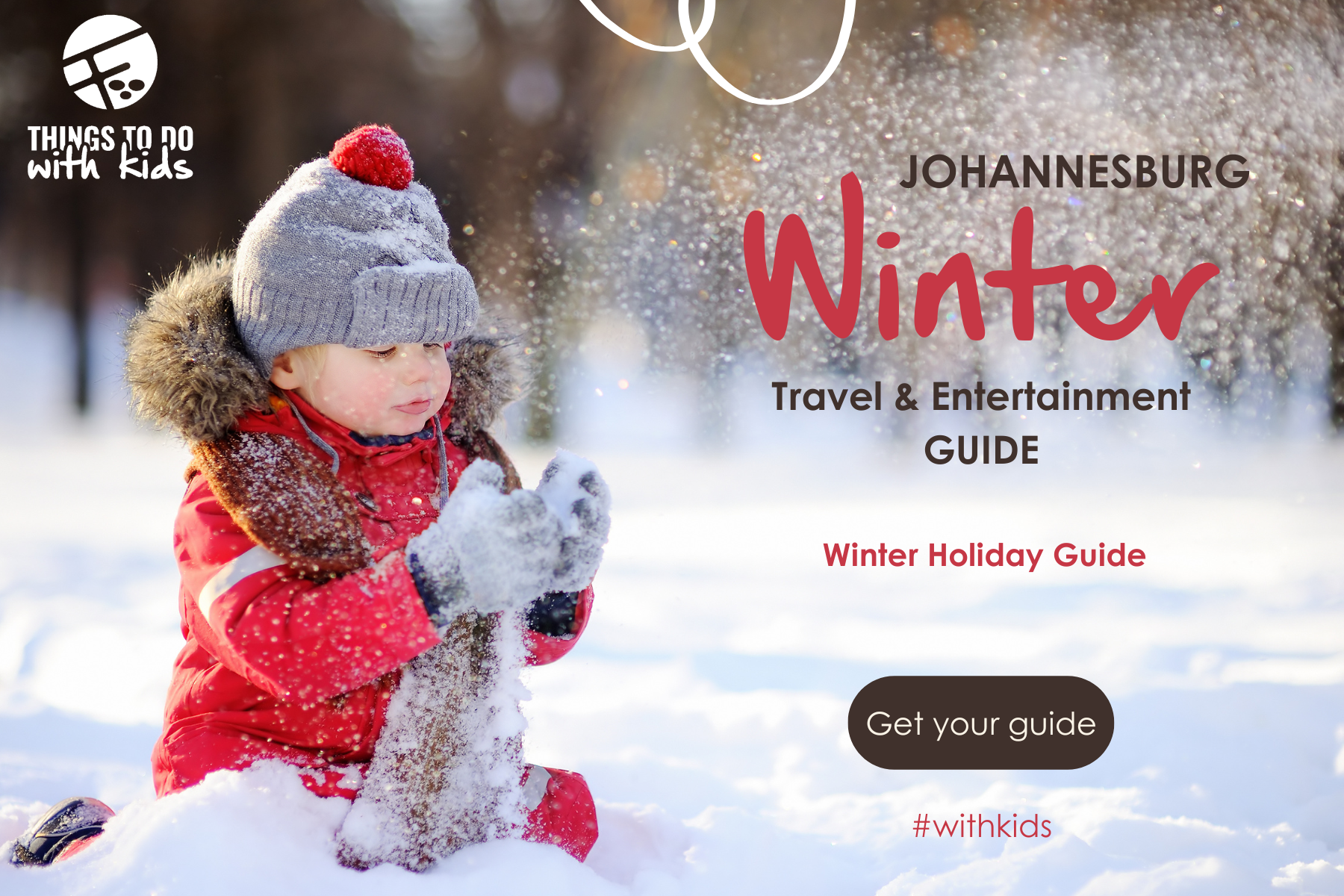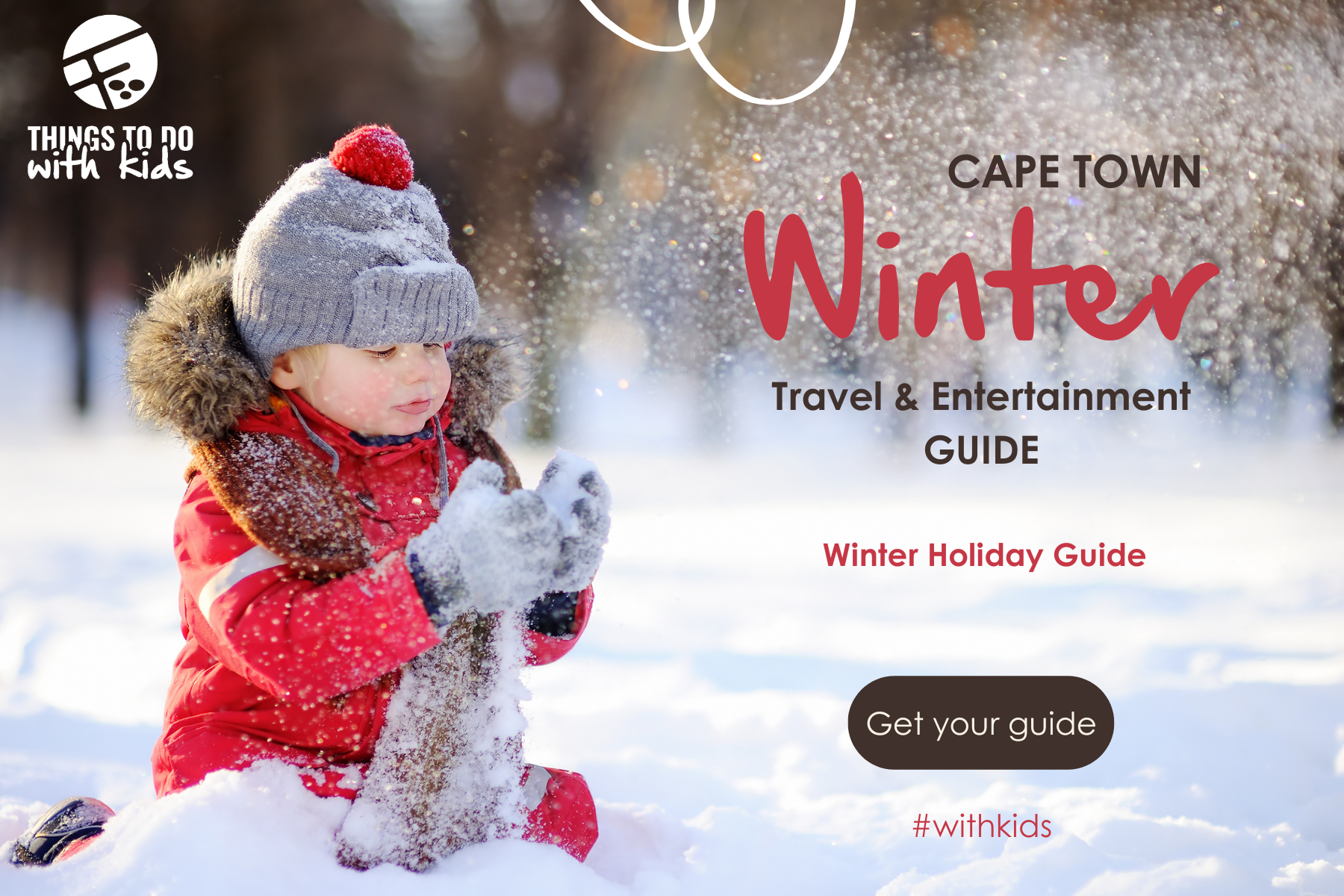Rocherpan: Feathers, fish and fresh air
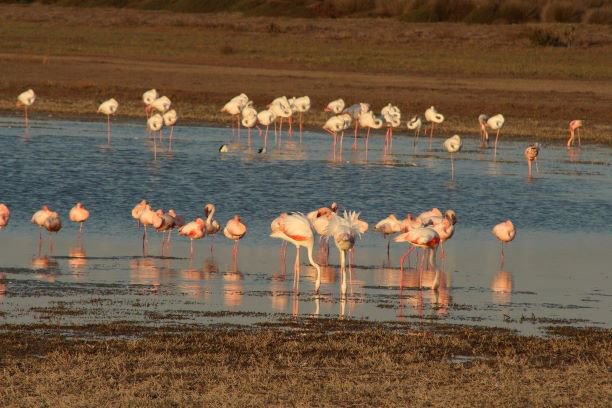
A crowd of majestic pink birds welcomed us as we drove past the pan to enter the Rocherpan Nature Reserve, one of the gems in the Cape Nature collection. A mere 20 minutes’ drive from Velddrif in the direction of Elands Bay, Pierre Rocher created a bird paradise when he closed off the mouth of the Papkuils River to improve summer grazing for his livestock in 1839. Once the mouth was closed off, the river flowed behind the dunes that separate the sandveld from the sea, creating the perfect habitat for water birds like the rare and endangered black oystercatcher, the kelp gull, the Cape shoveller, and also the greater and lesser flamingos in their colourful glory.
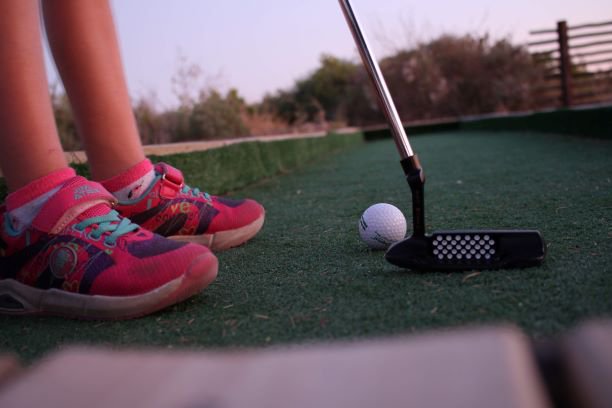
Beyond the gate, we drove past a putt-putt course and swimming pool, much to the children’s delight. The resort was immaculate. Everything was clean and orderly. Sandpiper would be our home while we stayed at the resort. We checked in and got directions to our bungalow. I was prepared for a bit of a drive, but less than two hundred meters from reception, we found our unit, facing the pan. With water-smart solutions and solar energy, it was clear from the outset that Cape Nature went the extra mile to ensure that the resort was as eco-friendly as possible without compromising on comfort.
Our eldest raced ahead, determined to unlock the front door before the rest of us reached the bungalow. Our unit was equipped with a braai on the porch from where we could gaze out over the pan as the sun set, our fire flickering in the background.
In the morning, we set out to explore the picnic area and accompanying bird hides on foot. When full, the pan stretches behind the dunes for 6 kilometres and the hides are accessible via boardwalks. With the drought, the pan was reduced to a fraction of this size, and all the birds were concentrated in a relatively small area. The braai facilities at the picnic area were clean and fully built up – probably to counteract the interfering breeze.
Like the other saltwater pans in and around Velddrif, Rocherpan is rich in brine shrimp, or "sea monkeys" as they were marketed in the 60s, a genus of aquatic crustaceans named Artemia. They live in brine pools and highly saline inland waters. Their eggs are dormant, which means they can be dried and stored for long periods of time, and when placed into a conducive medium, they hatch and grow to adulthood. Incidentally, the beta-carotene in brine shrimp is what gives pink salt its unique colour.
Flamingos also have brine shrimp to thank for their beautiful salmon plumage. The birds spend their days head down in the briny water, scooping up beakfuls of algae, larvae and brine shrimp. In the digestive system, the carotene in the shrimp is broken down into pigments that are absorbed by fats in the liver and deposited, for flamingos, in the feathers and skin.
We lingered for a while and took some stunning pictures of the flamingos before heading up the dirt road to the marine reserve area. It was a fairly easy 2-kilometre hike without any “are we there yets”.
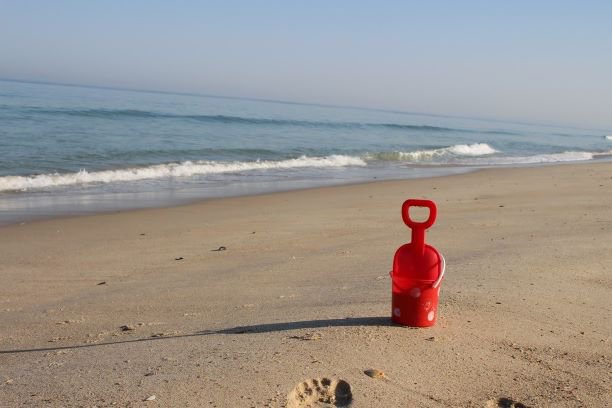
A short stroll through the dunes took us to a vast empty beach with kelp washed up here and there. The kids got to work immediately, determined to build their biggest sand castle to date. Fishing is permitted in the marine reserve, but not in the pan. From the first parking area, a 2-kilometre hiking trail takes you up the beach to a jeep track that is open to 4x4s only. For the fitter hiker, a 9-kilometre trail takes you around most of the pan. Mountain bike enthusiasts will be happy to note that the jeep track is open to them, provided they bring their own rides. We were lucky enough to spot a family of dolphins playing in the waves while we enjoyed the beach.
With the sand castle completed, we opted for a quick swim and a round of putt-putt before lighting a fire and pouring a glass of wine. The little ones were half asleep after another day of fresh air and adventure.
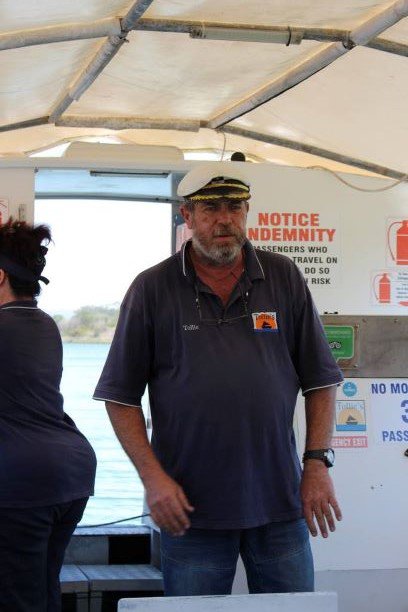
Our final day had a special treat in store: a late-morning cruise with Tollie's Boat and River Cruises. We were packed and ready to go, well ahead of schedule. My wife and I stepped outside the bungalow at daybreak and saw a Cape dune mole-rat peeking out of its tunnel. It popped in and out of the tunnel a couple of times before disappearing "for good". We went in for breakfast, and upon returning, found three calf-high molehills towering in the place of the tunnel entrances of thirty minutes earlier.
He grew up on the West Coast and proved to be the embodiment of the area's typical hospitality. Every house along the marina holds a story for Tollie to tell, an old fishing factory becomes a marker of an era, and flamingos left behind when the annual migration to Kimberley took place, serves as a lesson for children to listen to their parents.
He also told us about the dwindling fish population:
Local fishermen did not get fishing quotas, which combined with the complete ban on harvesting of West Coast rock lobster had a significant impact on the community. Tollie, being the inquisitive mind that he is, found it worrying to see the growing cormorant population, especially since they feed on the same fish that the fishermen were banned from catching. He captured video footage and did a census of the birds. At the time, there were 200 000 birds, each consuming an average of 500 g of fish a day, he reports. This adds up to a staggering 100 tons of fish per day! The population of cormorant exploded to three million since Tollie’s original count. The whole trip along the river was filled with interesting facts and little background stories about the area, the people, and the creatures in and around the river. To their delight, the kids also got to “steer” the boat and shout “Aye aye, Captain!”
After the cruise, we chattered our way back to the car, sharing personal highlights. Heading home, we started planning our next visit to Rocherpan.
Cape Nature, Rocherpan
Website: https://www.capenature.co.za/reserves/rocherpan-nature-reserve/
Telephone: 021 483 0190
Email: reservation.alert@capenature.co.za
Tollie's Boat and River Cruises
Telephone: 079 763 6966
